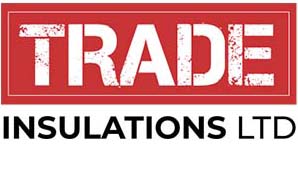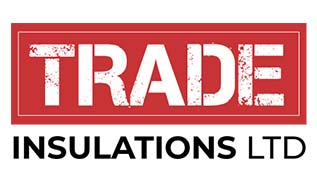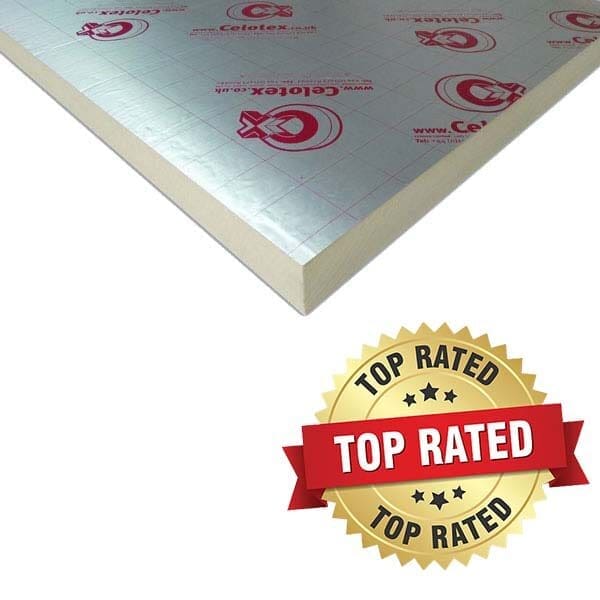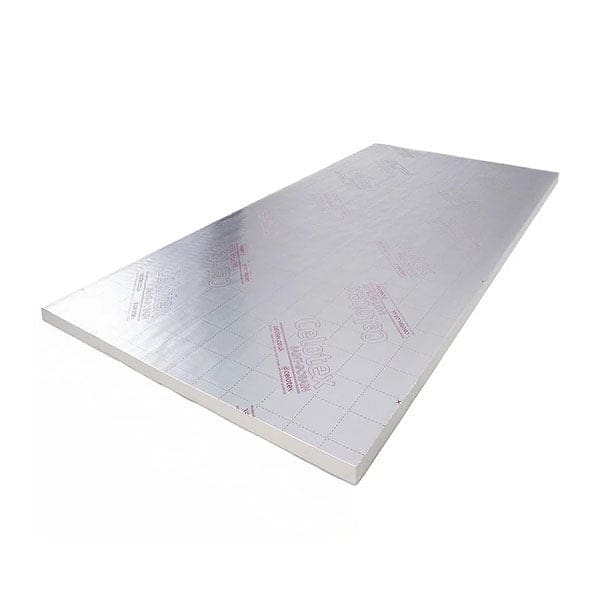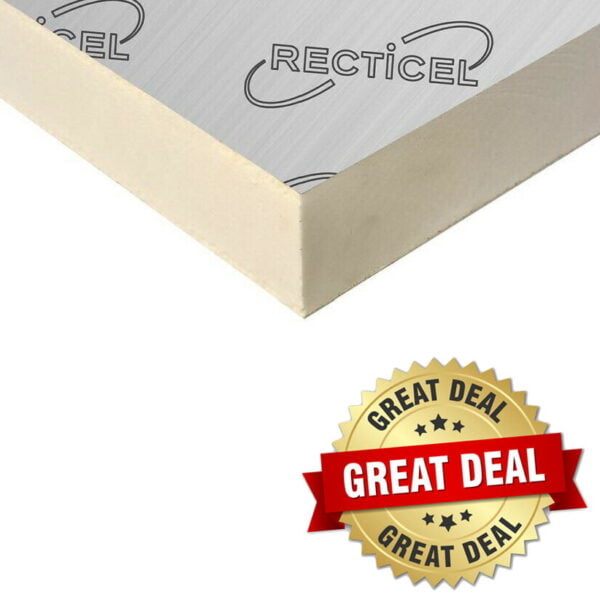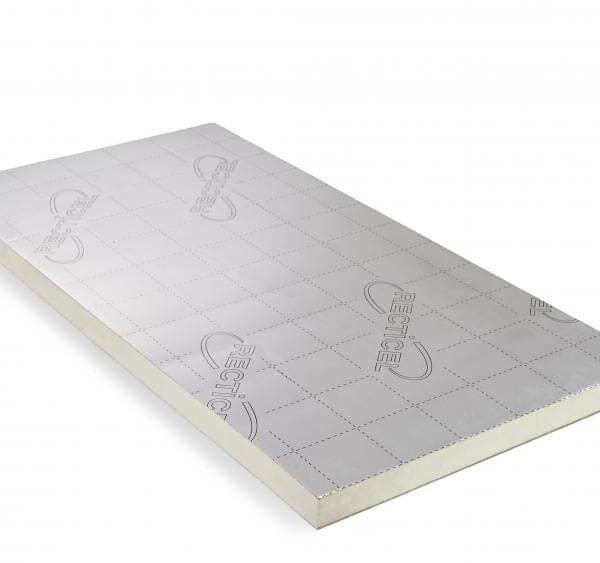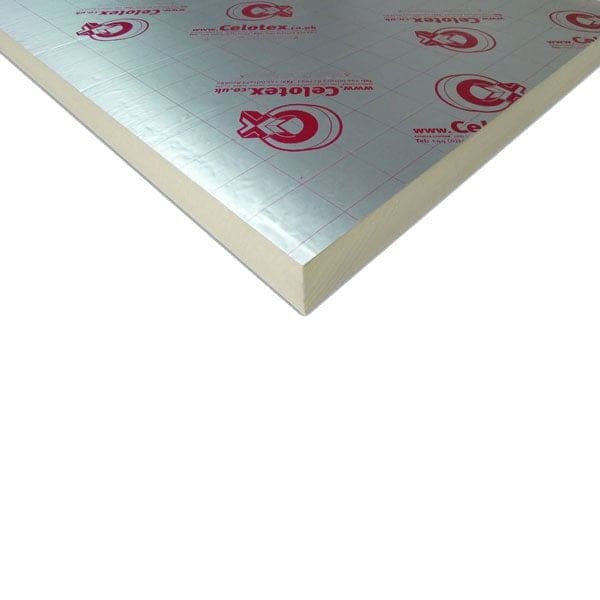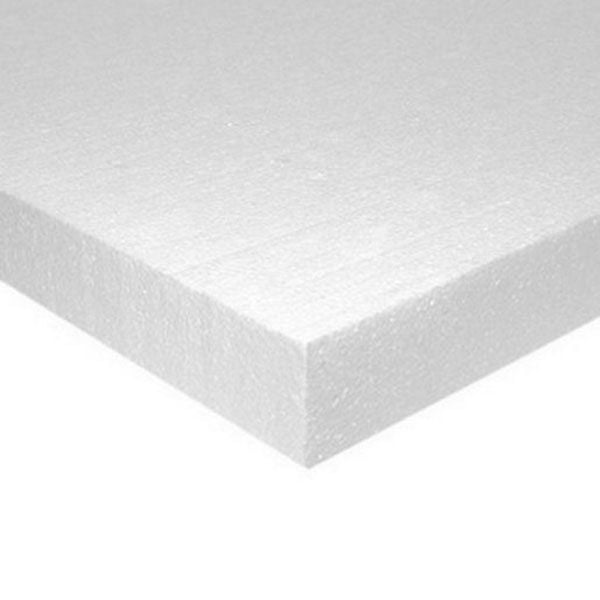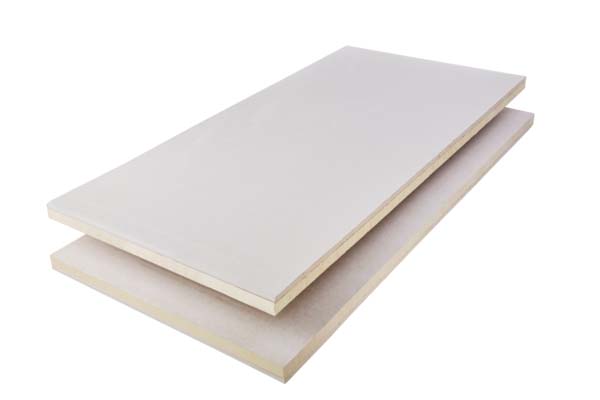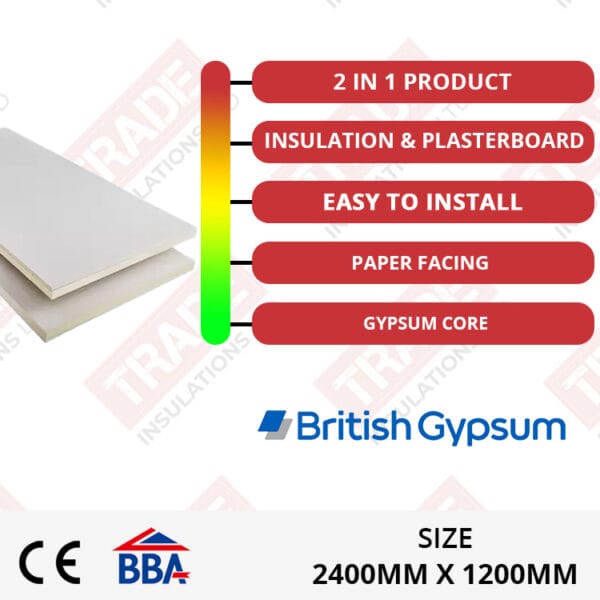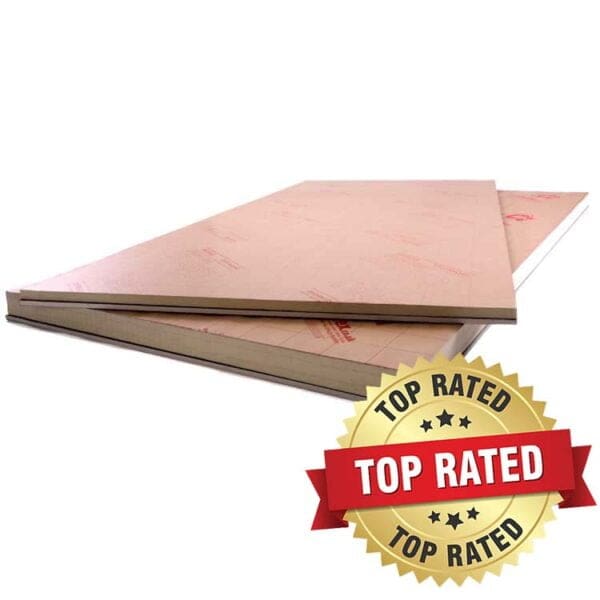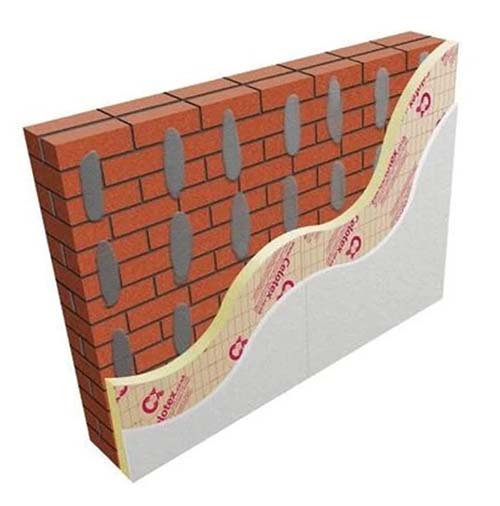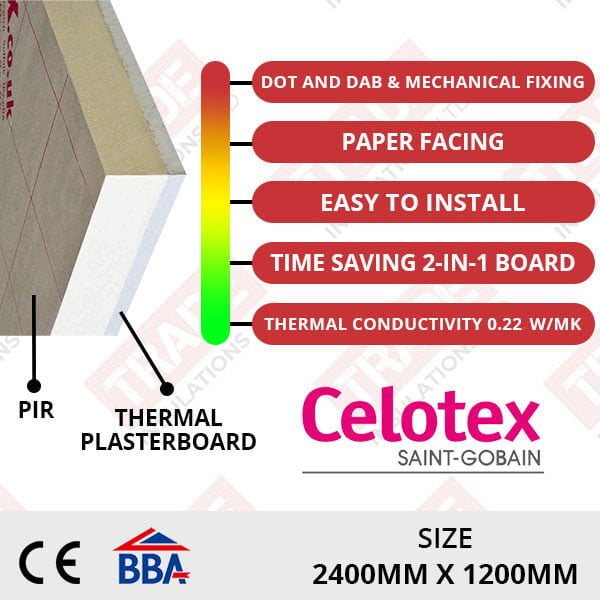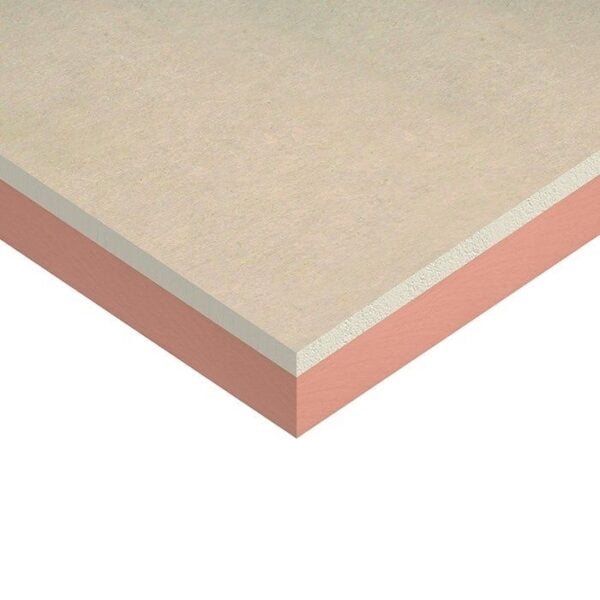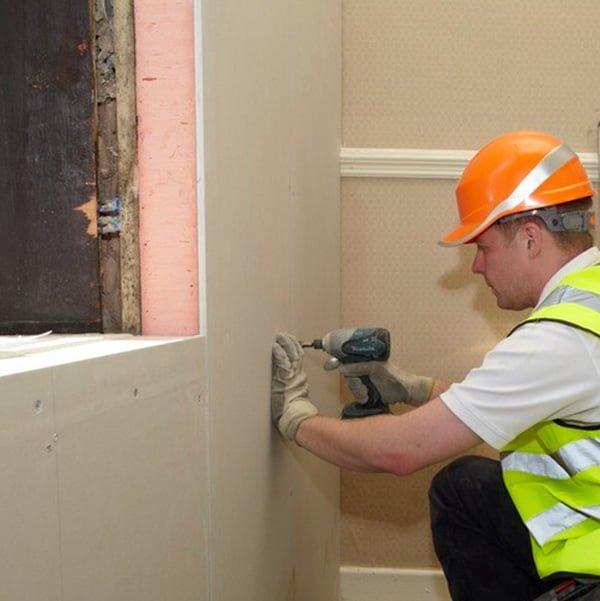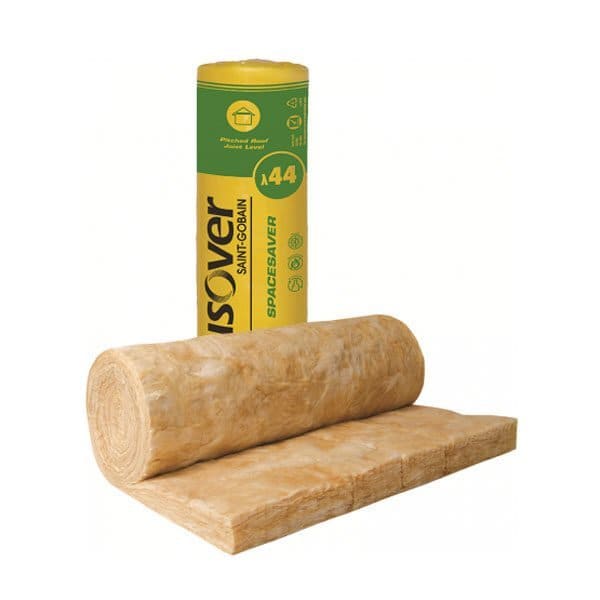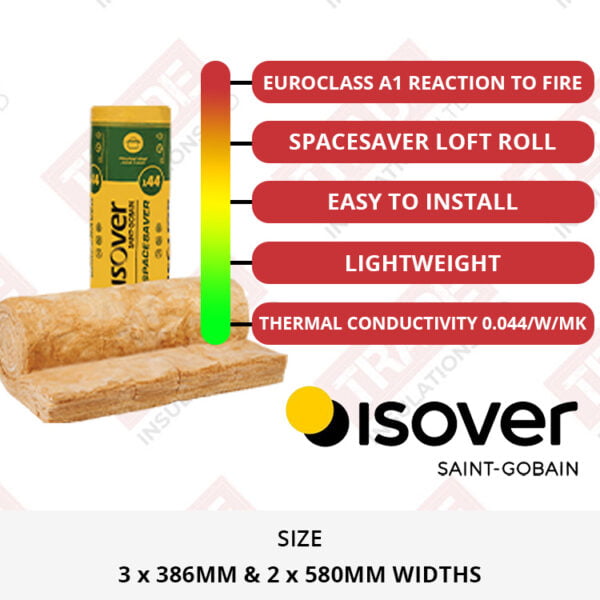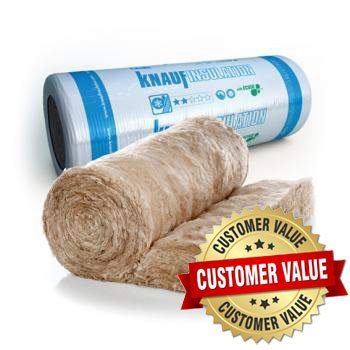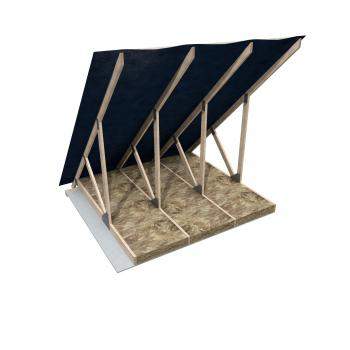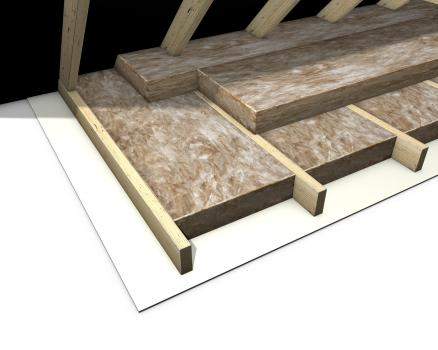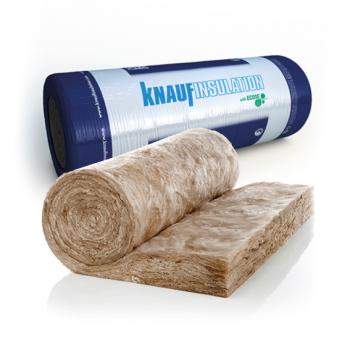A shed should be insulated by fitting the required insulation materials into the roof, floor, and walls. By insulating a shed or summerhouse, you can better regulate the internal temperature. It’s a great idea if the shed space doubles as a workshop, bar, or lounge area. Insulating the area can make it more comfortable for you to use both in cold and hot weather.
We have provided a breakdown below on exactly how to insulate a shed, including recommended products and methods. Please note, this is a guide only and a building professional should always be consulted before insulating your shed.
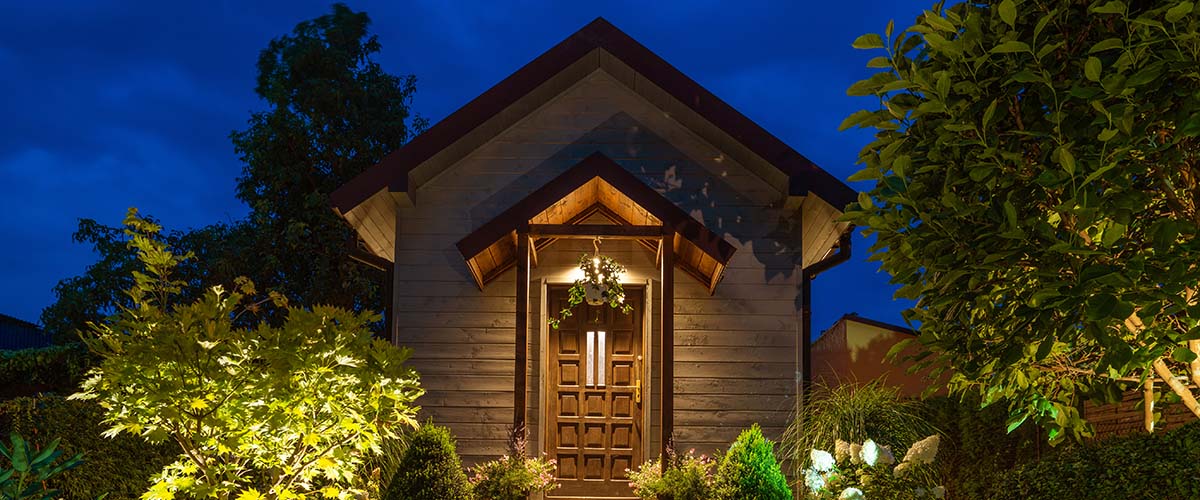
Reasons to insulate a shed
A well-insulated shed will provide a better environment for storage purposes. The quality of the shed itself can deteriorate in extreme temperatures, and shorten their lifespan, meaning they must be replaced sooner, bringing you unwelcome expenses. In addition to this, installing insulation can create a much more durable structure and longer lasting lifespan. See more benefits of shed insulation below:
- Maintain a level internal climate
- Creates a space with warmer winters and cooler summers
- Protects equipment from the weather such as keepsakes, photos, electrical equipment, furniture, and so on
- Provides a more ideal environment for pets
- Protect animals from extreme weather
- Earn extra income by renting out your shed or use as a guest house
- Earn extra income by creating a vacation rental
- Use space as man cave, She-shed, home gym, or bar
- Reduce unwanted noise levels
- Keep the heat inside the shed
- Save money on energy bills
- Utilize your shed space through summer and winter
- Create a home office space
- Prolong the life of your shed
- Keep moisture levels and prevent condensation and mould
- Protects the building from unwanted pests
Can you insulate a shed yourself?
Yes. Insulating your shed can be a simple and quick procedure. In short, if you are aware of the material you require, and the application method, it is possible! However, if you are not completely sure a building professional should always be consulted before starting construction within the shed. A professional can also confirm the required materials before the project begins. Installing insulation incorrectly can be a pricey and time-consuming mistake!
Top reasons to get a shed
Extra storage space: Sheds provide a convenient place to store outdoor equipment and supplies, such as lawnmowers, gardening tools, bicycles, and sports equipment.
Organisation: A shed can help you keep your outdoor area tidy by providing a designated space for your belongings, which can free up space in your garage or basement.
Hobby or workspace: If you enjoy gardening, woodworking, or other outdoor hobbies, a shed can be a great place to set up a dedicated workspace.
Increased home value: A well-built and maintained shed can increase the value of your home and property, especially if it is aesthetically pleasing and functional.
Shelter and protection: A shed can provide shelter and protection for outdoor items from the elements, such as rain, snow, and sun exposure.
Security: A locked shed can deter thieves from stealing your outdoor equipment and tools, providing added security for your home.
Aesthetics: A well-designed shed can enhance the look and feel of your outdoor space, adding to the overall appeal of your home. Keeping your shed cosy with nice rugs and indoor bench cushions.
What Insulation Can You Use To Insulate A Shed or Summerhouse
PIR Boards
Insulation boards – rigid boards made up of a Polyisocyanurate (PIR) core bonded to low emissivity foil facings on each side. PIR, like PUR, is known for use as a low moisture barrier. PIR insulation Boards are general purpose boards that can be applied to wall, floor, and ceiling applications. These boards can also be paired with plasterboard materials to form insulated plasterboards. The most common PIR manufacturer is Celotex. Celotex insulation boards have an incredible thermal conductivity of just 0.022W/mK.
120mm Celotex Insulation Board – XR4120 (2400mm x 1200mm x 120mm) 2.88m2
Original price was: £51.99.£35.20Current price is: £35.20. ex VAT50mm Recticel GP Insulation Boards (1200x2400mm) – 2.88m2
Original price was: £25.15.£17.15Current price is: £17.15. ex VAT90mm Celotex Insulation Board – GA4090 (2400mm x 1200mm x 90mm) 2.88m2
Original price was: £42.95.£29.20Current price is: £29.20. ex VATCelotex 100mm PIR Insulation Board – GA4100 (2400mm x 1200mm x 100mm) 2.88m2
Original price was: £39.99.£28.99Current price is: £28.99. ex VATEPS board
EPS insulation boards – a type of insulation made of expanded Polystyrene. A type of foam plastic formed of solid polystyrene beads.
The EPS boards are solid wall insulation materials that are used to add a high-performance thermal insulation, EPS boards are a great choice for floor and wall insulation.
EPS70 – 100mm Expanded Polystyrene Insulation Board (2400x1200mm) – 8.64m2 pack – 100mm EPS70
Original price was: £68.99.£59.99Current price is: £59.99. ex VATEPS70 – 25mm Expanded Polystyrene Insulation Board (2400x1200mm) – 34.56m2 pack – 25mm EPS70
Original price was: £68.99.£59.99Current price is: £59.99. ex VATEPS70 – 50mm Expanded Polystyrene Insulation Board (2400x1200mm) – 17.28m2 pack – 50mm EPS70
Original price was: £68.99.£59.99Current price is: £59.99. ex VATEPS70 – 75mm Expanded Polystyrene Insulation Board (2400x1200mm) – 11.52m2 pack – EPS70 75mm
Original price was: £68.99.£59.99Current price is: £59.99. ex VATPIR vs polystyrene shed insulation (EPS)
Both PIR and EPS are rigid insulation materials. The boards have their similarities but are very different materials. The recommended board for an outside shed space is the PIR Insulation Board, not an EPS Insulation board. See why in the specifications below.
- PIR panels have a thermal conductivity of 0.022 W/mK, whereas EPS sheets have a thermal conductivity of around 0.037 W/mK.
- The thermal conductivity of the PIR boards means a thinner insulation board can be used, utilizing the space, where an EPS board would require a larger thickness.
- PIR boards are of no interest to rodents whereas EPS boards are soft and can attract rodents to nibble at them.
- Both PIR and EPS provide the same level of moisture resistance.
- EPS boards are a much cheaper option however PIR boards are high quality materials
Insulated Plasterboard
Insulated Plasterboards – sheets of rigid insulation commonly made up of a Polyisocyanurate (PIR) core bonded to a 12.5mm sheet of standard plasterboard or gypsum board. The insulated plasterboard combines two products into one to save time and money.
This is a great option for wall insulation. In addition, insulated plasterboards have a thermal conductivity of just 0.022W/mK.
Celotex 37.5mm Insulated Plasterboard (2400mm x 1200mm x 37.5mm) – PL4025
Original price was: £40.50.£33.15Current price is: £33.15. ex VATCelotex 62.5mm Insulated Plasterboard (2400mm x 1200mm x 62.5mm) – PL4050
Original price was: £52.90.£43.99Current price is: £43.99. ex VATKingspan Kooltherm K118 37.5mm Insulated Plasterboard (2400 x 1200mm) – 2.88m2
Original price was: £78.59.£65.49Current price is: £65.49. ex VATFiberglass Roll
Fibreglass insulation, also known as glass wool or glass fibre insulation, is a popular choice when looking at loft insulation. Fibreglass consists of fibres of glass, formed by heating it to a very high temperature, and is then bound to form a material like wool. Mineral wool is a great option for DIY fit outs however PIR boards provide a better thermal conductivity. Insulation rolls and batts can be used for insulating sheds.
100mm Isover Spacesaver Loft Insulation – 14.13m2 Isover Loft Roll
Original price was: £32.69.£30.62Current price is: £30.62. ex VATKnauf 100mm Loft Roll 44 – Combi Cut (13.89m2 Roll)
Original price was: £34.99.£29.61Current price is: £29.61. ex VATKnauf 150mm Loft Roll 44 – Combi Cut (9.18m2 Roll)
Original price was: £34.99.£29.61Current price is: £29.61. ex VATKnauf 75mm Acoustic Roll (2x600mm) – 17.4m2 roll
Original price was: £75.24.£61.25Current price is: £61.25. ex VATWhat are the best options for insulating a shed?
If in doubt, contact a building professional to inform you of the best material for your shed. If you are completing this home project yourself, the chosen material will depend on three things: the size of the structure, the required application method, and the budget amount. PIR Insulation boards are a general-purpose insulation material that would be a great all-round option for most sheds. This is because of the board’s thermal conductivity, long life span, and moisture resistance.
How to insulate a shed floor
Firstly, remove the floorboards / sub floor in your shed. Before this move everything out of the shed and create a completely empty space.
Secondly, install wood blocks beneath each space between the gaps to ensure the rigid foam doesn’t fall. Alternatively, nail small scraps of wood to each corner of the joist cavity, at the bottom. These will function as shelves for the rigid foam to sit on.
Thirdly, it is time to measure each joist cavity. After that, cut your pieces of foam. Use a fine-toothed saw or knife to cut.
Then, install the foam. The thickness you get depends on the width of your joists.
Finally, re-install your floor. Note – if you have a slight gap between the top of your foam and the top of the joists, it’s fine. An enclosed air gap also serves as an insulator.
How to insulate a shed roof
One method to insulate a shed roof is by fitting the insulation materials between the rafters in the roof. If it is a flat roof or does not contain rafters, fix timber battens to the internal roof.
Firstly, measure the space between the rafters and cut the insulation to size.
Secondly, push the cut rigid insulation board into the space. This creates a snug fit that stays in place.
Thirdly, once the roof insulation is complete, install insulation boards horizontally across the rafters. Follow with plasterboard if decorating, using the required fixings. A quicker alternative is using insulated plasterboards over the rafters.
We hope that this guide has given you more insight into how you can insulate your own shed, and which products are right for you. Remember, you can always contact us if you have any questions or would like more details about individual products.
